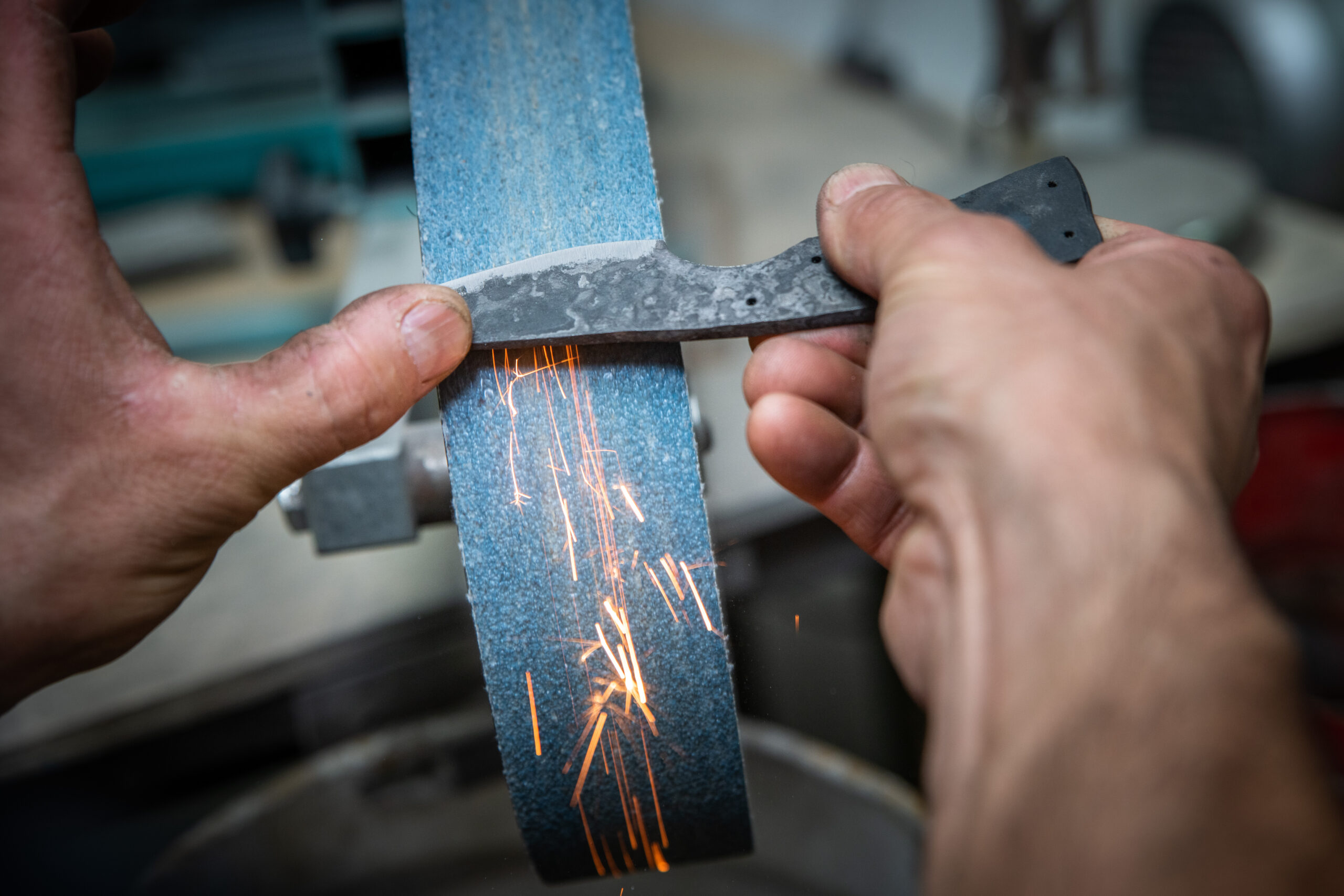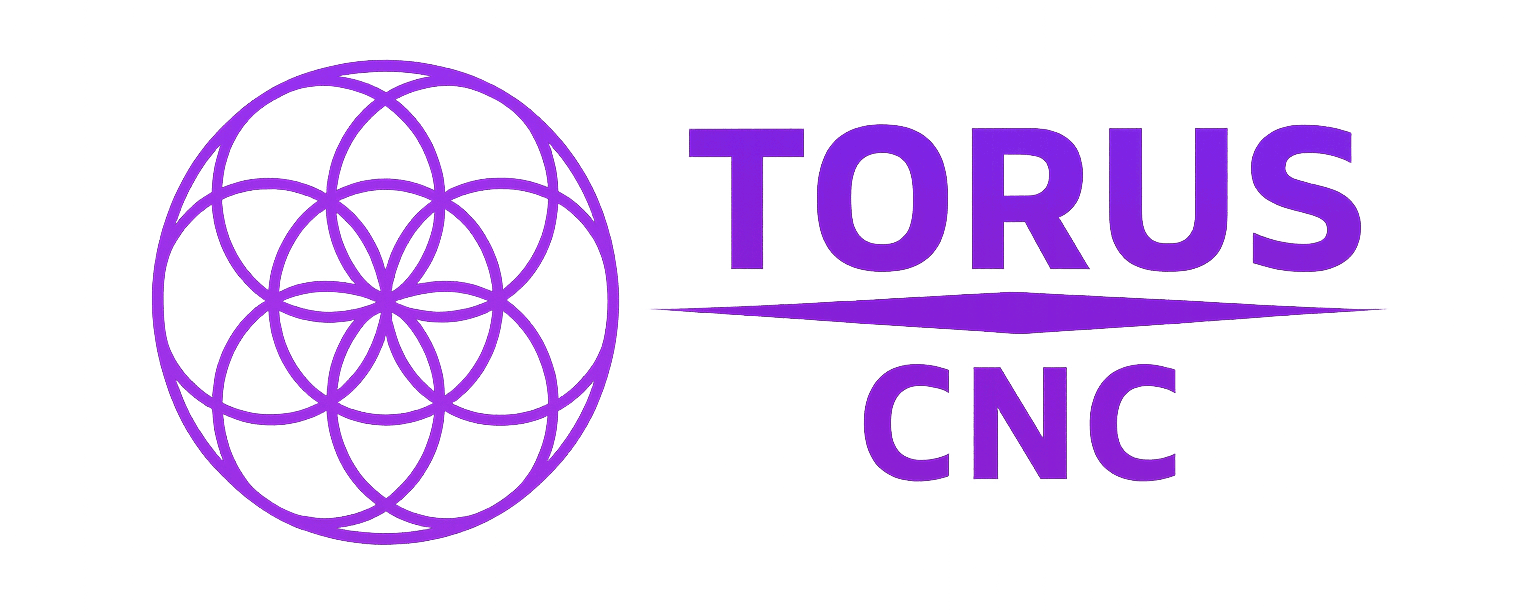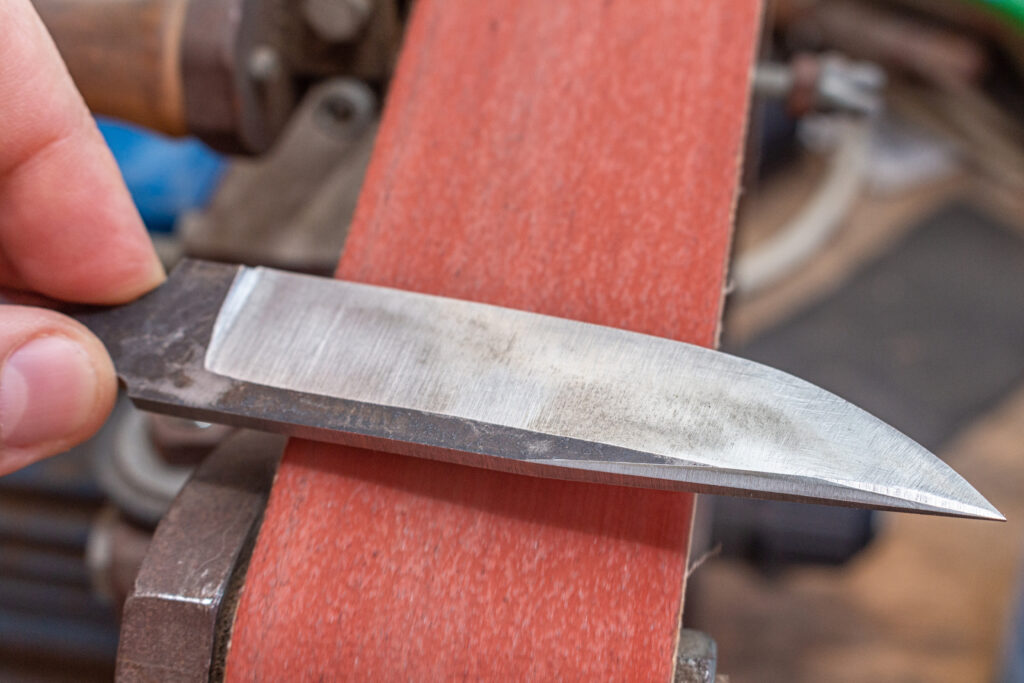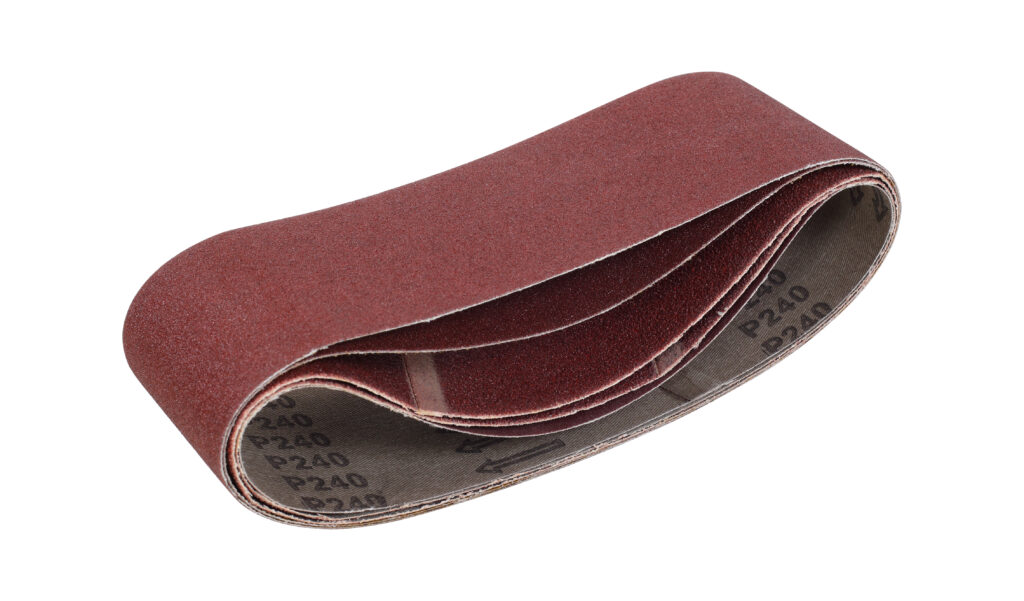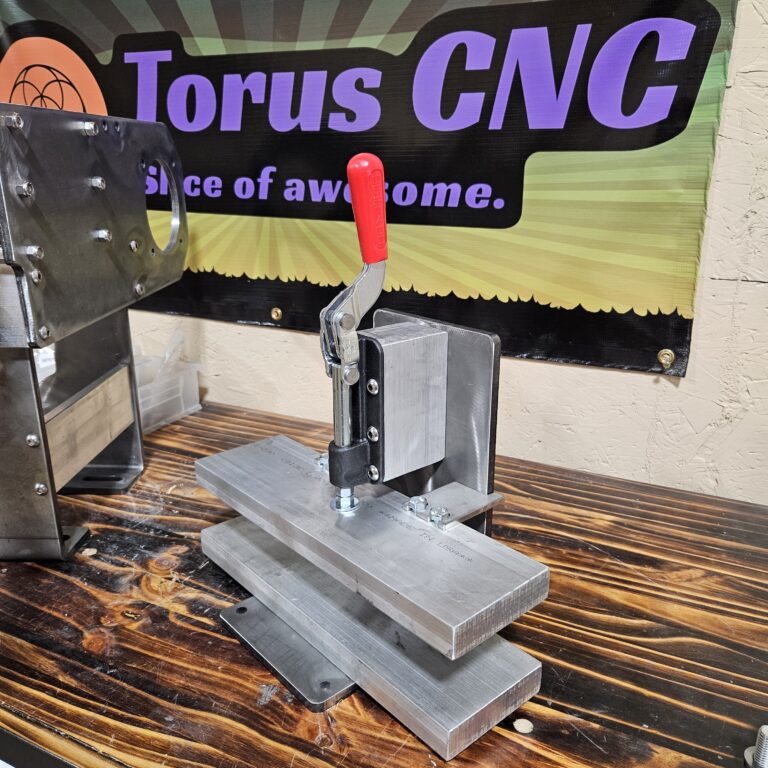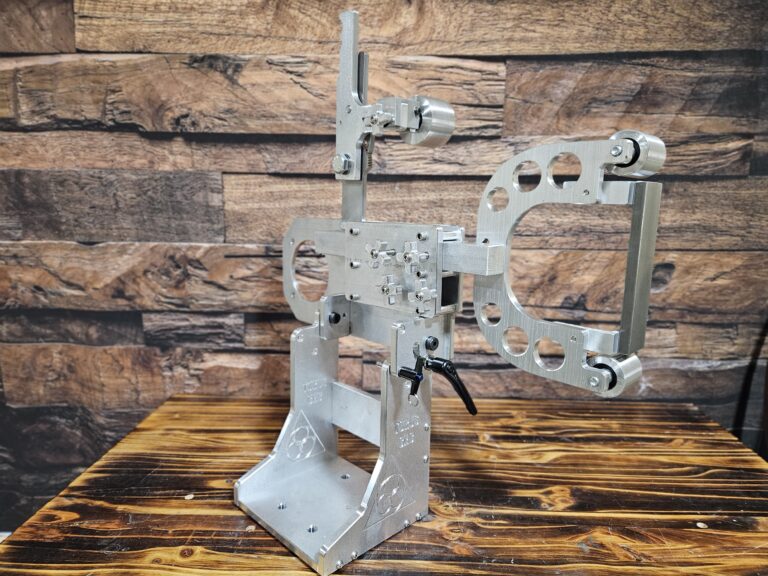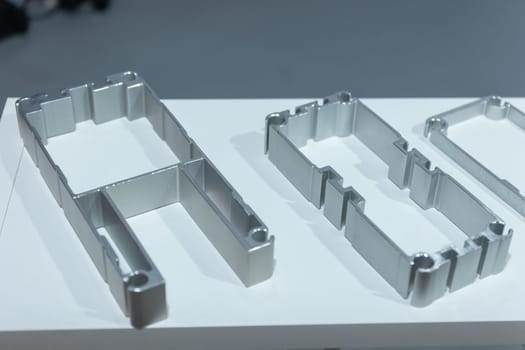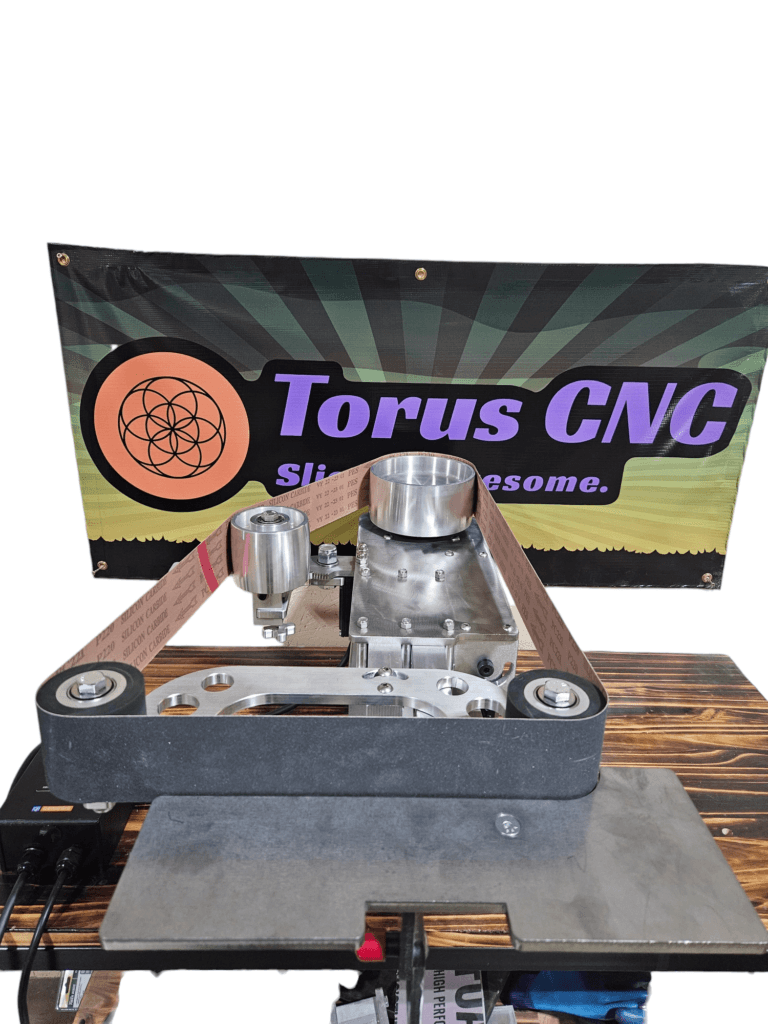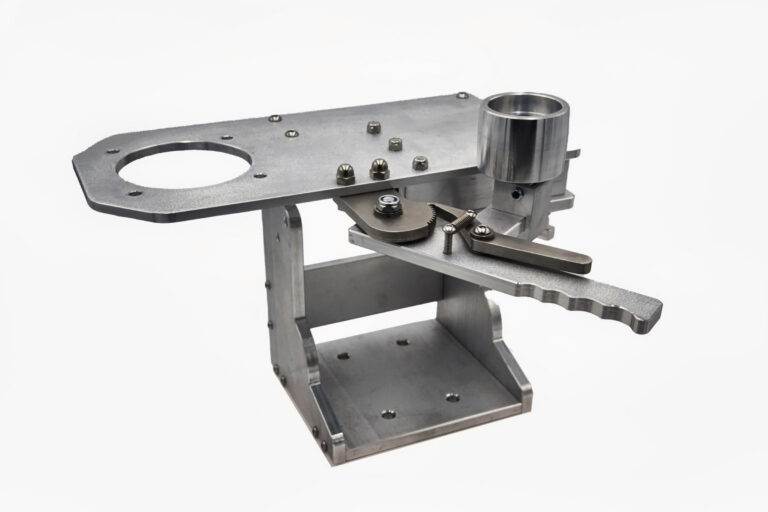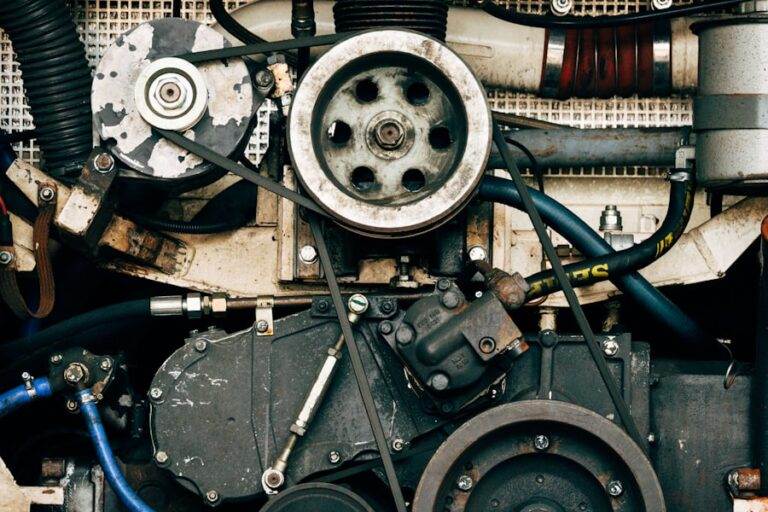Tough steels are characterized by their ability to withstand significant stress and strain without fracturing. This property is essential in applications where durability and resilience are paramount, such as in the manufacturing of knives and other cutting tools. Tough steels often exhibit a fine balance between hardness and ductility, allowing them to absorb energy and deform without breaking.
This unique combination makes them ideal for high-performance applications, where the material must endure repeated impacts and resist wear over time. The composition of tough steels typically includes a mix of carbon and alloying elements such as chromium, molybdenum, and vanadium. These elements enhance the steel’s mechanical properties, contributing to its toughness and wear resistance.
Understanding these properties is crucial for manufacturers and craftsmen alike, as it informs decisions regarding the selection of abrasive materials and processes used in shaping and finishing these steels. The right approach can significantly influence the performance and longevity of the final product.
Key Takeaways
- Tough steels have properties such as high strength, hardness, and wear resistance, making them challenging to work with.
- Selecting the right abrasive belt is crucial for achieving the desired finish and maintaining the integrity of tough steels.
- Different types of abrasive belts, such as aluminum oxide, zirconia alumina, and ceramic, offer varying levels of aggressiveness and durability.
- Grit size plays a significant role in the effectiveness of abrasive belts on tough steels, with finer grits providing smoother finishes and coarser grits offering faster material removal.
- Choosing the right backing material, such as cloth, paper, or polyester, is essential for ensuring the abrasive belt’s stability and longevity when working with tough steels.
Importance of Selecting the Right Abrasive Belt
Selecting the appropriate abrasive belt is a critical step in the machining process, particularly when working with tough steels. The right belt can enhance efficiency, improve surface finish, and extend the life of both the belt and the tool being manufactured. Conversely, using an unsuitable abrasive can lead to premature wear, poor surface quality, and even damage to the workpiece.
Therefore, understanding the specific requirements of tough steels is essential for achieving optimal results. When choosing an abrasive belt, factors such as grit type, size, and backing material must be considered. Each of these elements plays a vital role in determining how effectively the belt will perform on tough steels.
For instance, a belt designed for softer materials may not withstand the rigors of tough steel machining, leading to increased downtime and costs. Thus, investing time in selecting the right abrasive belt can yield significant benefits in terms of productivity and product quality.
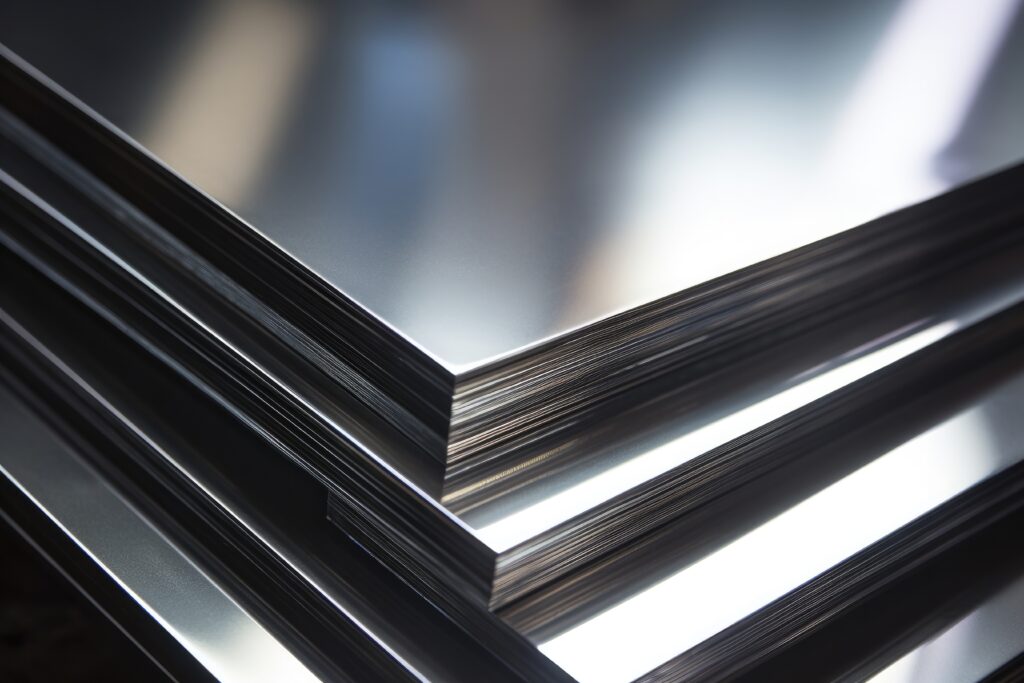
Types of Abrasive Belts Available
A variety of abrasive belts are available on the market, each designed for specific applications and materials. Common types include aluminum oxide belts, zirconia alumina belts, ceramic belts, and silicon carbide belts. Aluminum oxide belts are versatile and suitable for a range of materials, making them a popular choice for general-purpose grinding.
Zirconia alumina belts are known for their durability and are particularly effective on tough steels due to their self-sharpening properties. Ceramic belts are engineered for high-performance applications, offering superior cutting capabilities and longevity when working with hard materials. Silicon carbide belts, on the other hand, are ideal for finishing applications on softer materials but may not be suitable for tough steels due to their brittleness.
Understanding the characteristics of each type of abrasive belt is essential for selecting the right one for specific tasks involving tough steels.
Grit Size and its Impact on Tough Steels
Grit size is a crucial factor that influences the performance of abrasive belts when working with tough steels. Grit refers to the size of the abrasive particles embedded in the belt, which directly affects the material removal rate and surface finish. Coarser grits (lower numbers) are typically used for aggressive material removal, while finer grits (higher numbers) are employed for finishing operations.
When machining tough steels, selecting the appropriate grit size is vital to achieving the desired balance between efficiency and surface quality. Using a coarse grit may expedite material removal but can lead to a rough surface finish that requires additional polishing or grinding. Conversely, starting with a finer grit may prolong the process without effectively removing material.
Therefore, understanding how grit size impacts both performance and finish is essential for optimizing machining processes involving tough steels.
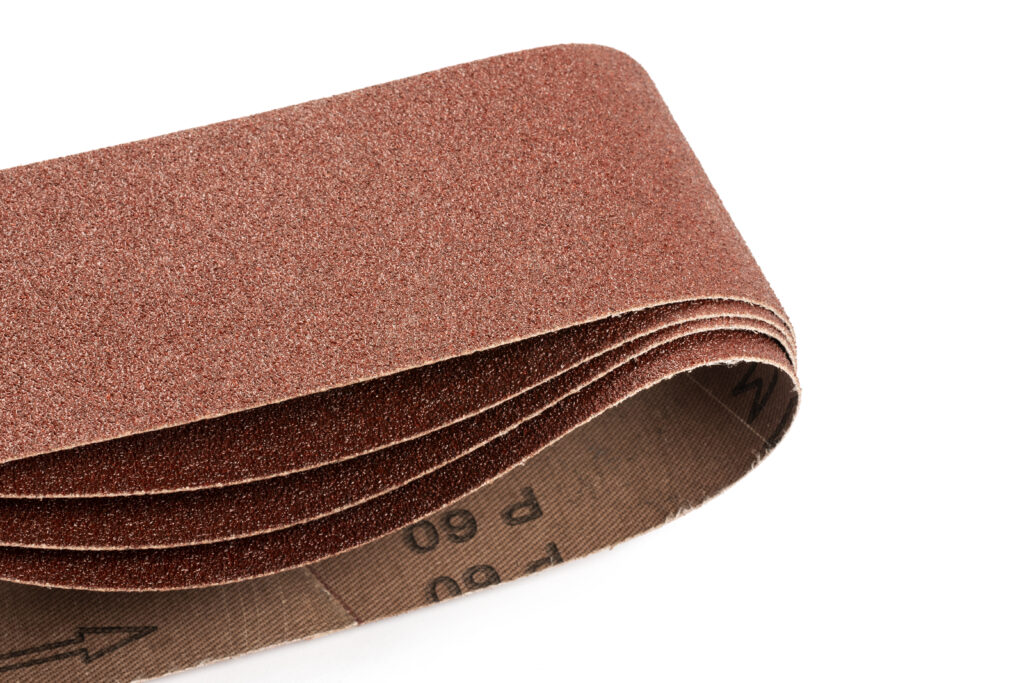
Choosing the Right Backing Material for Abrasive Belts
The backing material of an abrasive belt plays a significant role in its overall performance and durability. Common backing materials include paper, cloth, and film, each offering distinct advantages depending on the application. Paper-backed belts are lightweight and flexible, making them suitable for light-duty applications; however, they may not withstand heavy use on tough steels.
Cloth-backed belts are more robust and provide greater durability under demanding conditions. They are often preferred for heavy grinding tasks on tough steels due to their ability to withstand higher tension and resist tearing. Film-backed belts offer a smooth surface that can enhance precision in finishing applications but may not be as durable as cloth options in heavy grinding scenarios.
Selecting the right backing material is essential for ensuring that the abrasive belt performs optimally throughout its intended use.
Understanding the Coating on Abrasive Belts
The coating on an abrasive belt significantly influences its cutting performance and longevity. Abrasive belts can be coated in various ways, including open-coat or closed-coat configurations. Open-coat belts have fewer abrasive particles per square inch, allowing for better cooling and debris removal during operation.
This feature is particularly beneficial when working with tough steels that generate heat during machining. Closed-coat belts have a denser arrangement of abrasive particles, providing a more aggressive cutting action but may lead to increased heat buildup. Understanding these coating types is crucial when selecting an abrasive belt for tough steel applications.
The right coating can enhance performance by reducing clogging and improving heat dissipation, ultimately leading to better results in terms of both efficiency and surface finish.
Considering the Hardness of Tough Steels
The hardness of tough steels varies significantly based on their composition and heat treatment processes. Hardness is a critical factor that influences how an abrasive belt interacts with the material during machining. Harder steels require more aggressive abrasives to achieve effective material removal while maintaining acceptable surface finishes.
When working with particularly hard tough steels, it may be necessary to use specialized abrasive belts designed specifically for high-hardness applications. These belts often feature advanced materials such as ceramic or diamond abrasives that can withstand the rigors of grinding hard materials without losing effectiveness. Understanding the hardness of the steel being machined is essential for selecting an appropriate abrasive belt that will deliver optimal performance.
Impact of Heat Generation on Tough Steels
Heat generation during machining is a significant concern when working with tough steels. Excessive heat can lead to thermal damage, affecting both the workpiece’s properties and the performance of the abrasive belt itself. When heat builds up during grinding or sanding operations, it can cause changes in microstructure within the steel, potentially leading to reduced toughness or brittleness.
To mitigate heat generation, it is essential to select abrasive belts that facilitate efficient material removal while minimizing friction. Additionally, employing proper cooling techniques such as using lubricants or coolants can help dissipate heat during machining processes. Understanding how heat impacts both tough steels and abrasive belts is crucial for maintaining product quality and extending tool life.
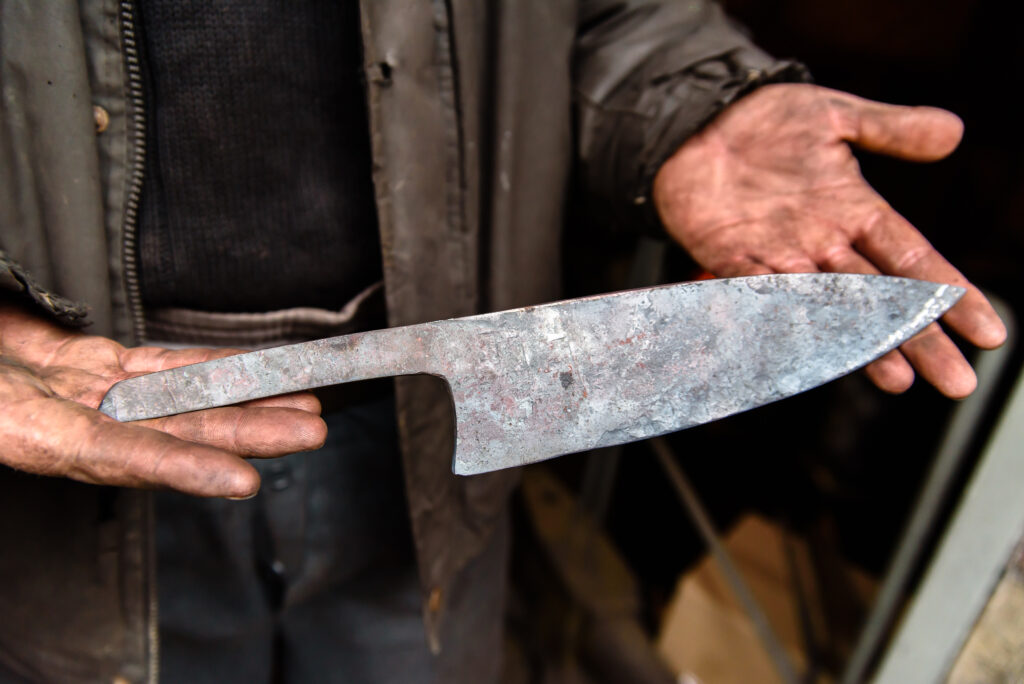
Importance of Belt Tension and Tracking
Belt tension and tracking are critical factors that influence the performance of abrasive belts during operation. Proper tension ensures that the belt maintains contact with the workpiece while preventing slippage or misalignment. Insufficient tension can lead to uneven wear on the belt or even cause it to break prematurely.
Tracking refers to how well the belt aligns with the machine’s pulleys during operation. Misalignment can result in uneven wear patterns or damage to both the belt and machine components. Regularly checking and adjusting belt tension and tracking is essential for ensuring optimal performance when working with tough steels.
By maintaining proper tension and alignment, manufacturers can enhance productivity while prolonging the life of their abrasive belts.
Factors to Consider for Longevity of Abrasive Belts
Several factors contribute to the longevity of abrasive belts when machining tough steels. One key consideration is the operating conditions under which the belts are used. Excessive pressure or improper speed settings can lead to premature wear or damage to both the belt and workpiece.
Therefore, adhering to manufacturer recommendations regarding operating parameters is crucial for maximizing belt life. Additionally, environmental factors such as humidity and temperature can impact abrasive belt performance. Storing belts in controlled conditions helps prevent degradation over time, ensuring they remain effective when needed.
Regular inspection for signs of wear or damage also plays a vital role in extending belt longevity; addressing issues early can prevent more significant problems down the line.
Proper Maintenance and Care for Abrasive Belts
Proper maintenance and care are essential for ensuring that abrasive belts perform optimally throughout their lifespan. Regular cleaning helps remove debris buildup that can clog abrasives and hinder performance. Using appropriate cleaning methods—such as brushes or air blasts—can help maintain belt effectiveness without causing damage.
Additionally, monitoring belt tension and tracking regularly ensures that they remain aligned during operation, reducing wear caused by misalignment. When not in use, storing belts in a cool, dry place protects them from environmental factors that could lead to deterioration. By implementing these maintenance practices, manufacturers can significantly enhance both performance and longevity when working with tough steels using abrasive belts from TorusCNC.
FAQs
What are ceramic and Cubitron belts?
Ceramic and Cubitron belts are types of abrasive belts used for grinding and finishing tough steels. They are designed to provide high performance and durability in metalworking applications.
What are the differences between ceramic and Cubitron belts?
Ceramic belts are made from a ceramic grain abrasive material, while Cubitron belts are made from 3M’s precision-shaped grain technology. Cubitron belts are known for their ability to stay sharp and cut fast, while ceramic belts are known for their heat resistance and long life.
Which type of belt is better for tough steels?
Both ceramic and Cubitron belts are suitable for grinding and finishing tough steels. The choice between the two depends on specific application requirements, such as the desired finish, material removal rate, and heat resistance.
What factors should be considered when choosing between ceramic and Cubitron belts?
When choosing between ceramic and Cubitron belts for tough steels, factors to consider include the type of steel being worked on, the desired finish quality, the required material removal rate, and the operating temperature of the application.
Are there any other considerations when selecting between ceramic and Cubitron belts?
In addition to performance factors, cost and availability of the belts should also be considered when making a selection between ceramic and Cubitron belts for tough steels. It’s important to weigh the initial investment against the long-term performance and durability of the belts.
